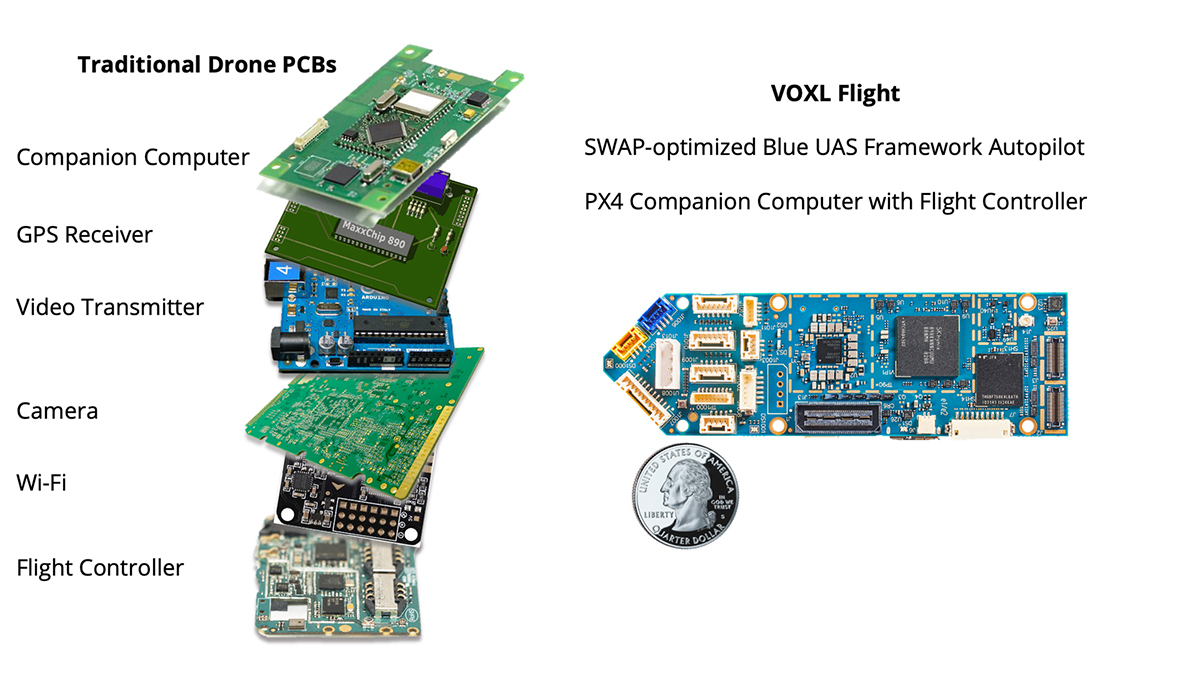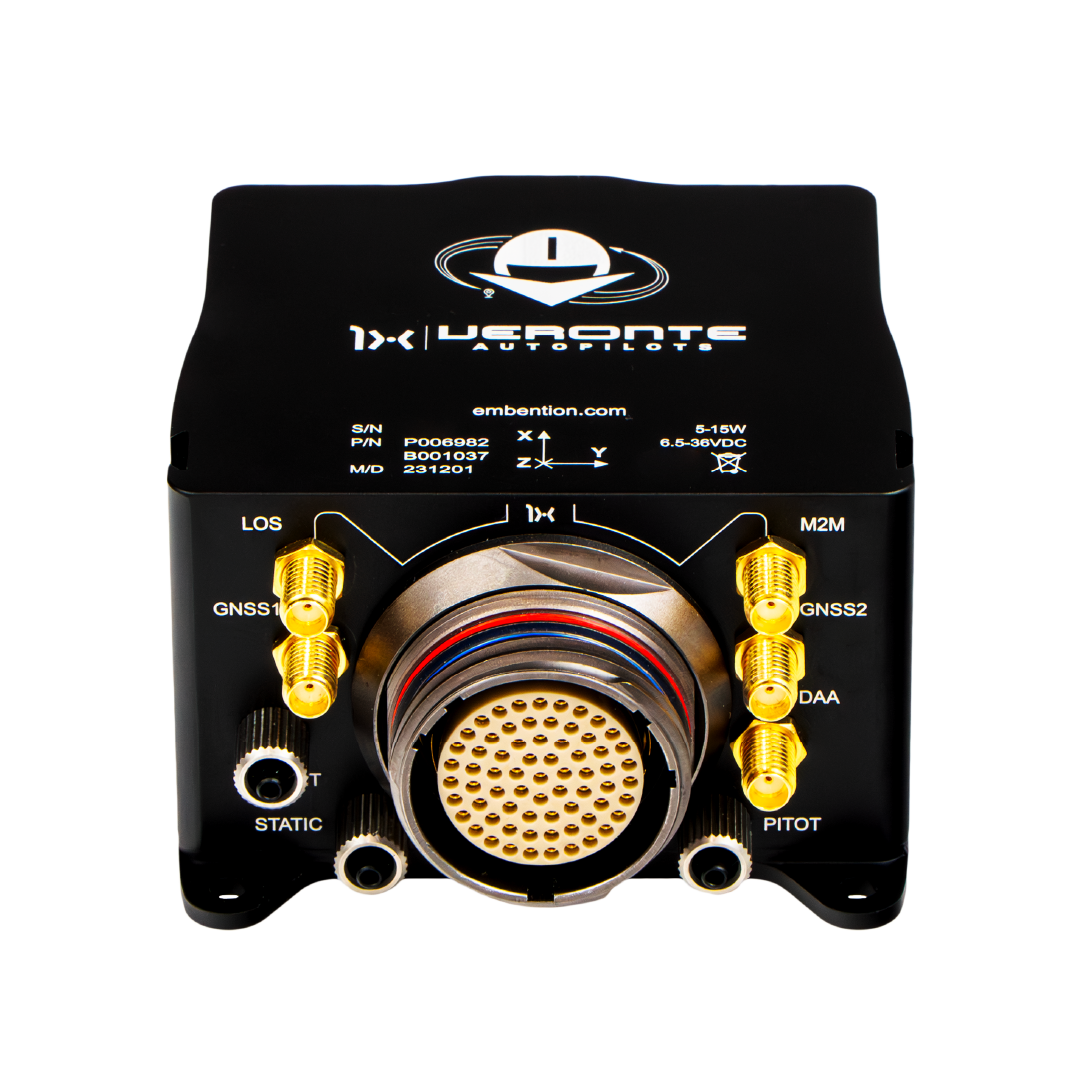Unequaled Precision: SparkNavi Drone Flight Controller and GNSS/INS Made in Taiwan
Unequaled Precision: SparkNavi Drone Flight Controller and GNSS/INS Made in Taiwan
Blog Article
Understanding the Vital Features and Functions of a Drone Flight Controller for Optimal Aerial Performance
The flight controller offers as the essential element in a drone's design, orchestrating its movements and making certain security through an innovative interplay of sensors and information processing. With improvements in modern technology, the landscape of flight controllers is rapidly evolving, triggering a closer evaluation of what really specifies optimum functionality in this essential system.
Review of Flight Controllers
When exploring the world of drone technology, understanding flight controllers is necessary for both enthusiasts and professionals alike. Trip controllers act as the brain of the drone, orchestrating its motions and making sure stability throughout flight (SparkNavi drone flight controller and GNSS/INS made in taiwan). They refine data from numerous sensors, consisting of accelerometers, gyroscopes, and measures, to preserve stability and react to pilot inputs efficiently
The architecture of trip controllers can vary dramatically, ranging from standard variations created for entry-level drones to innovative systems equipped with sophisticated attributes for specialist applications. The assimilation of GPS capabilities makes it possible for precise navigation and positioning, while programmable firmware enables individuals to personalize trip features to fit their particular requirements.
In addition, flight controllers are essential in facilitating communication in between the drone and the push-button control, enabling real-time modifications and telemetry information transmission. Comprehending the various sorts of trip controllers, including multi-rotor, fixed-wing, and hybrid systems, is critical for selecting the proper version for a given application. Inevitably, a thorough understanding of trip controllers not just boosts the flying experience however additionally makes best use of the efficiency and security of drone operations.
Key Features of Trip Controllers
Flight controllers play an essential function in handling a drone's trip characteristics by executing a number of essential features that make sure stability and responsiveness. One of the main features is the stablizing of the drone's orientation and altitude. This is accomplished through the assimilation of numerous sensors, including measures, gyroscopes, and accelerometers, which continually check the drone's placement and activity.
.png)
One more crucial feature is the processing of control inputs from the pilot or independent systems. The trip controller interprets these inputs and changes the drone's electric motor speeds appropriately to achieve the preferred trip path. This consists of handling pitch, yaw, and roll, which are essential for ability to move.
In addition, flight controllers are equipped with secure mechanisms. These functions are made to respond to vital situations, such as low battery levels or loss of signal, by launching predefined activities like returning to the launch point or floating in area.

Essential Attributes to Think About
When choosing a drone trip controller to ensure optimal efficiency and dependability,Many necessary attributes need to be taken into account. One crucial facet is the controller's processing power, which identifies its capability to deal with complicated trip formulas and real-time information processing. A greater processing capacity improves responsiveness and security throughout trip.
Another crucial feature is the try this website variety of supported flight modes. A versatile trip controller should offer various settings, consisting of acro, altitude hold, and GPS-assisted settings, accommodating various pilot ability degrees and functional situations. In addition, the visibility of built-in safety and security attributes, such as fail-safes and geofencing, can dramatically improve functional safety.
Compatibility with various communication methods is additionally crucial, as it ensures seamless assimilation with various other tools and peripherals, such as remote controllers and telemetry systems. Additionally, the controller's firmware should be easy to use and consistently upgraded to incorporate brand-new attributes and optimizations.
Assimilation With Sensors and Systems
A trip controller's performance is heavily influenced by its ability to incorporate with different sensors and systems. This assimilation is critical as it makes it possible for the flight controller to receive real-time data essential for efficient trip administration. Secret sensors consist of GPS, inertial measurement devices (IMUs), barometers, and magnetometers, each supplying essential info concerning the drone's positioning, setting, and altitude.

Furthermore, progressed trip controllers sustain assimilation with payload systems, consisting of cameras and other sensors, enabling improved capabilities such as self-governing navigation and challenge avoidance. This interconnectedness not only boosts the drone's functional capacities but additionally broadens its application prospective across various markets, from aerial digital photography to agricultural surveillance. Hence, a well-integrated flight controller is essential for accomplishing ideal airborne performance and making certain the dependability of drone operations.
Tips for Optimizing Performance
To maximize the efficiency of your drone, a number of key strategies can be utilized that focus on maximizing both software and hardware parts. Initially, make sure that the flight controller firmware is up to date. Suppliers often release updates that boost stability, improve performance, and repair pests. Regularly checking for these updates can substantially affect your drone's efficiency.
Following, calibrate your sensing units, including the accelerometer and gyroscope, to ensure exact readings. Correct calibration reduces drift and boosts flight security, specifically throughout complex maneuvers. In addition, think about upgrading the hardware components, such as electric motors and props, to improve drive and effectiveness. High-grade propellers can decrease drag and increase flight time.
Furthermore, enhance your drone's weight by lessening unnecessary hauls. A lighter drone not only executes much better but additionally prolongs battery life. Lastly, tweak your flight settings, consisting of PID (Proportional, Indispensable, Acquired) values, to achieve smooth and receptive handling. By implementing these approaches, drone operators can significantly boost aerial efficiency, bring about a more reliable and pleasurable flying experience.
Conclusion
In final thought, an extensive understanding of drone trip controllers is essential for enhancing airborne performance. The integration of vital functions and essential features, consisting of handling power page and safety and security mechanisms, directly affects the stability and maneuverability of drones. Additionally, reliable interaction with various sensing units and systems plays a crucial function in accomplishing exact navigating and functional performance. By focusing on these aspects, operators can considerably raise the efficiency and integrity of their drone systems in varied applications.
Trip controllers offer as the view mind of the drone, managing its movements and making certain stability throughout trip.Trip controllers play a pivotal duty in taking care of a drone's flight dynamics by implementing numerous vital features that make sure stability and responsiveness. The flight controller translates these inputs and readjusts the drone's motor speeds accordingly to achieve the desired flight path.Numerous important functions ought to be taken into account when choosing a drone flight controller to ensure optimal efficiency and dependability. Hence, a well-integrated trip controller is basic for achieving optimum aerial performance and making certain the integrity of drone procedures.
Report this page